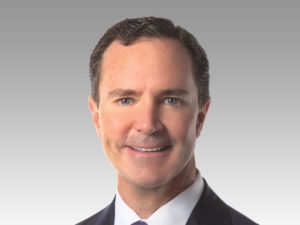
L3Harris Technologies [LHX] last Friday posted a slight decline in third quarter earnings due to higher taxes and sales edged up despite headwinds from the coronavirus and the sale of a business unit. Net income fell a percent to $430 million, $1.98 earnings per share (EPS), from $435 million ($1.90 EPS) a year ago. Per share earnings were higher on a lower share count. Higher taxes trimmed off an otherwise solid bottom-line performance at the operating level where profit was…

 By
By 











